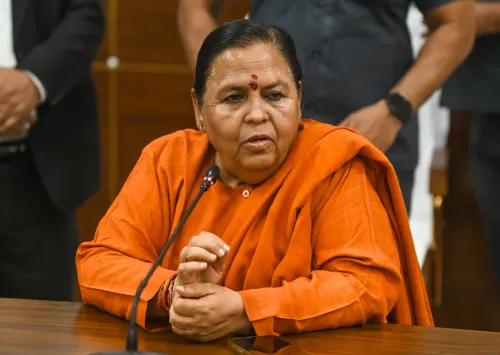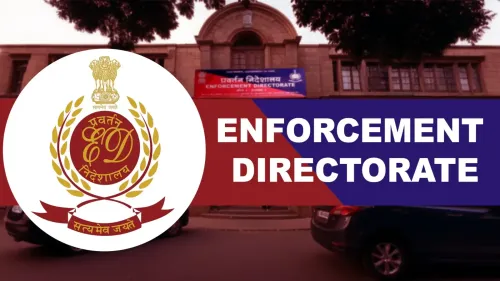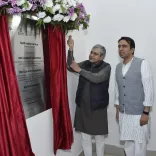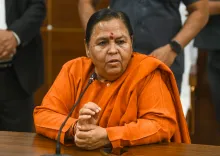Has RBI Established 2,421 Financial Literacy Centres in Rural Areas?
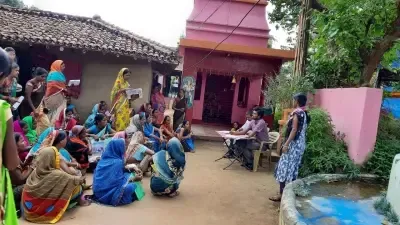
Synopsis
Key Takeaways
- 2,421 financial literacy centres established by RBI and NABARD.
- Community-driven approaches to enhance financial literacy.
- Focus on microfinance borrowers and their needs.
- Protection measures for borrowers against over-indebtedness.
- Collaboration with banks and rural missions to promote financial inclusion.
New Delhi, Aug 5 (NationPress) The National Bank for Agriculture and Rural Development (NABARD) along with the Reserve Bank of India (RBI) has initiated numerous efforts to boost financial literacy and awareness among the rural populace, particularly targeting microfinance borrowers, as revealed in Parliament on Tuesday.
Since 2017, the RBI has launched the Centre for Financial Literacy (CFL) project aimed at employing community-driven, innovative, and participatory methods to enhance financial understanding. By March 31, 2025, a total of 2,421 CFLs are expected to be operational nationwide, with each centre typically covering three blocks, according to Minister of State for Finance, Pankaj Chaudhary, in response to a query in the Rajya Sabha.
NABARD has been actively offering financial backing for organizing financial and digital literacy workshops via rural bank branches and Financial Literacy Centres (FLCs) in areas with limited awareness. These initiatives focus on promoting understanding of various banking services, government social security schemes, digital banking, mobile banking, and cybersecurity, he stated.
The minister noted that NABARD also funds village-level initiatives in collaboration with banks and State Rural Livelihoods Missions, enhancing the interaction between bankers and Self-Help Groups (SHGs) to facilitate the establishment of SHG accounts, their credit linkage, and timely loan repayments, thus promoting financial inclusion at the grassroots level.
To simplify access to credit in the microfinance sector, the RBI has revised the definition of microfinance loans and removed several quantitative restrictions on loans extended by NBFC-MFIs. Currently, all collateral-free loans provided to households with an annual income up to Rs 3,00,000 are categorized as microfinance loans, the minister added.
The previous requirement mandating that at least 50 percent of loans be allocated for income generation has been abolished, recognizing the necessity for credit for medical, educational, and income-smoothing needs.
Additionally, the RBI has implemented measures to enhance borrower protection, such as capping monthly loan repayments to 50 percent of monthly income to shield customers from excessive indebtedness.
Specific guidelines for recovery processes have also been established, which banks and NBFCs must adhere to in order to safeguard borrowers from harsh recovery tactics.
Moreover, the RBI has indicated that interest rates levied on microfinance borrowers by banks and NBFCs utilizing low-cost funds align closely with the regulatory ceiling periodically set by the RBI. Its regulations stipulate that interest rates and other charges must not be exorbitant.
Self-Regulatory Organizations (SROs) for the microfinance sector, such as Sa-Dhan and the Microfinance Industry Network (MFIN), play a crucial role in fostering a culture of compliance among their members. Furthermore, Sa-Dhan and MFIN have established guidelines for their members, limiting total borrower indebtedness and restricting the number of lenders that can extend loans to a single borrower. Such initiatives are aimed at alleviating borrower indebtedness, the minister concluded.

